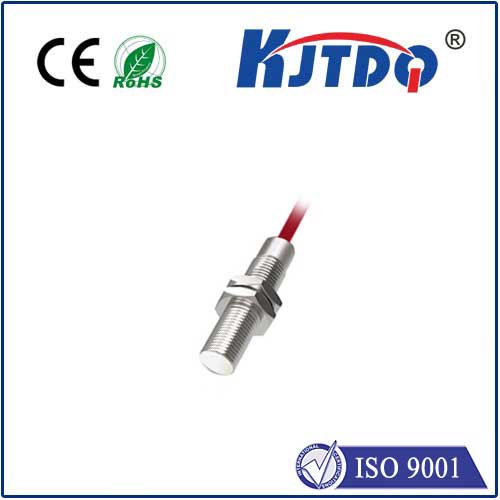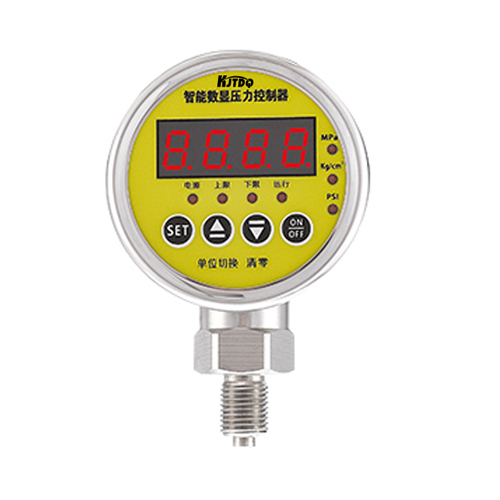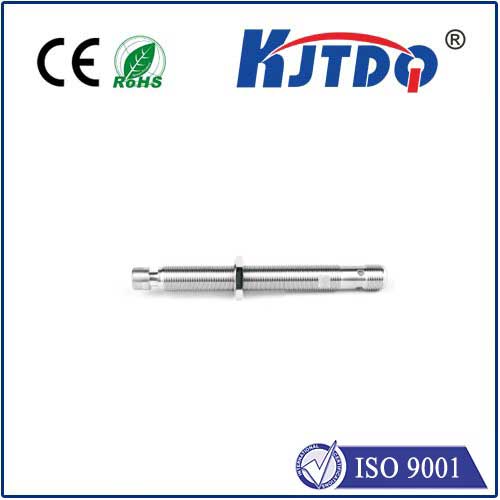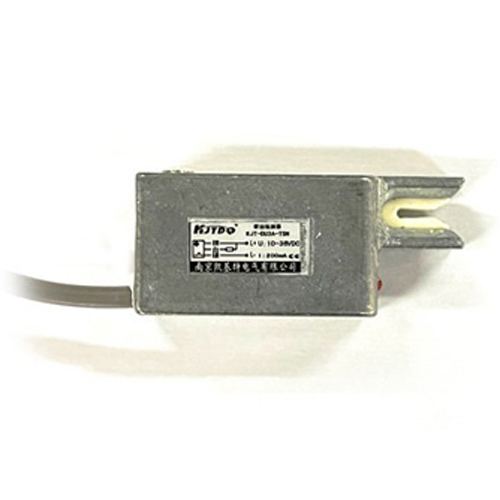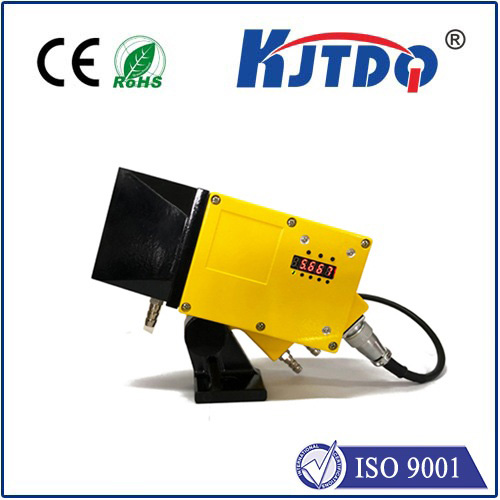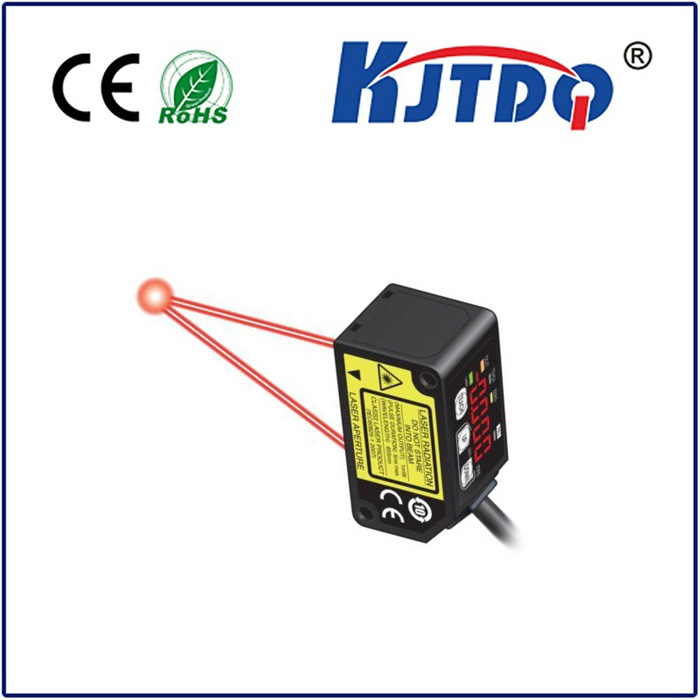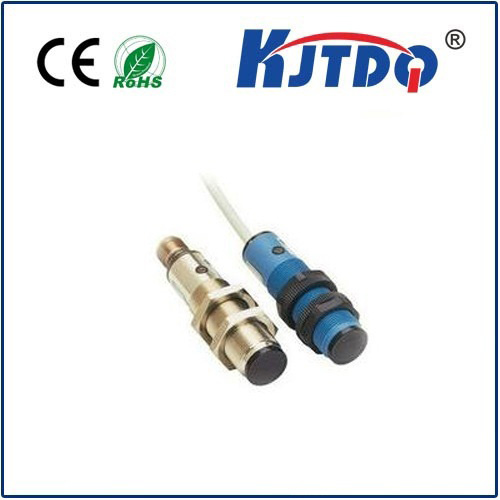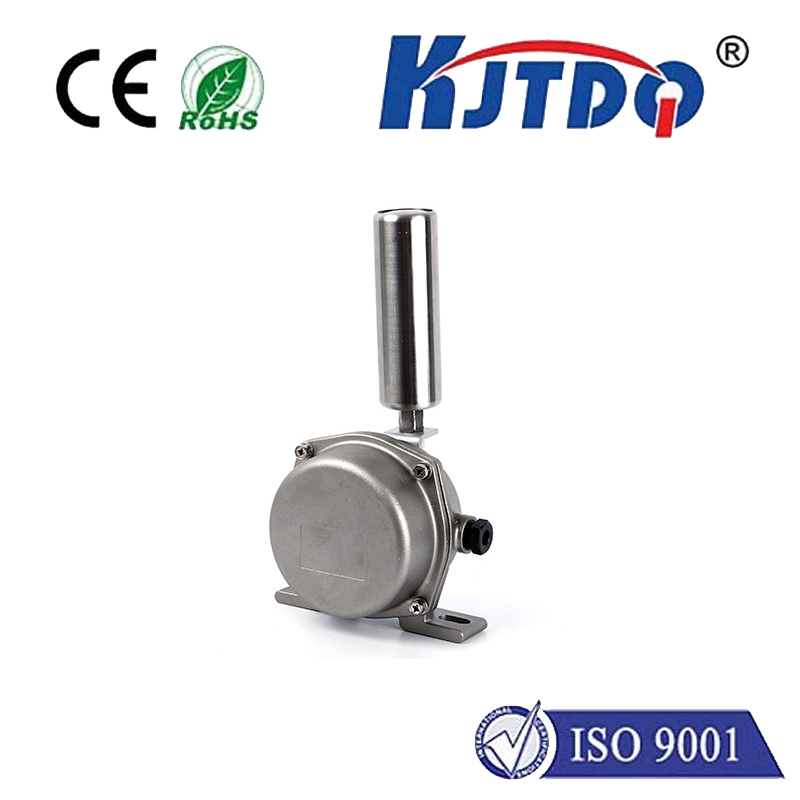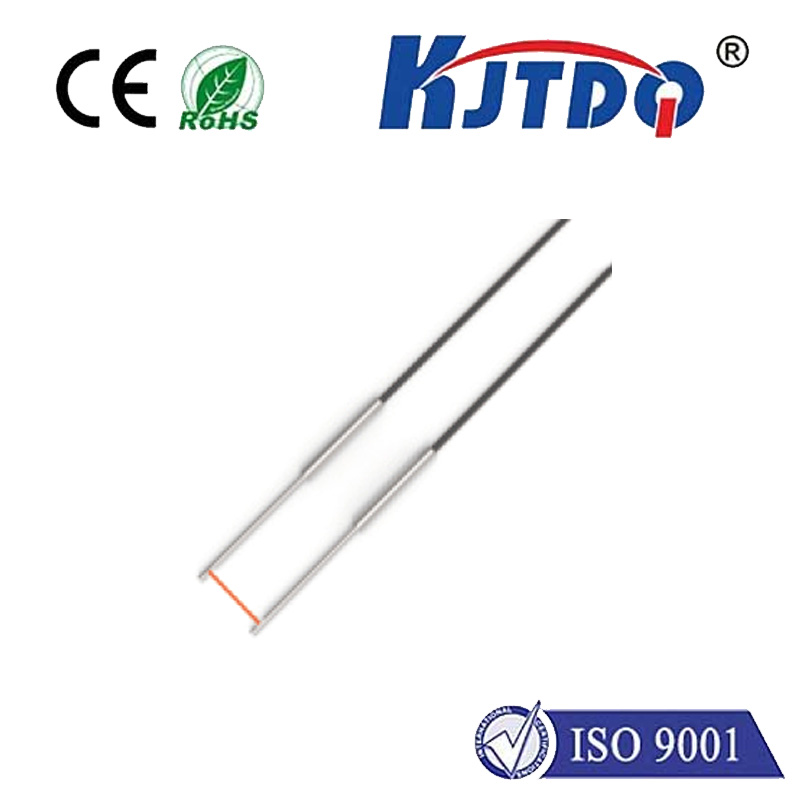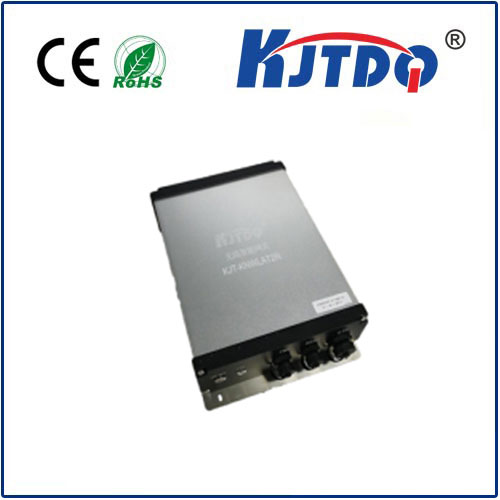

check

check

check

check
In the intricate dance of modern manufacturing and automation, unseen components perform critical tasks with remarkable consistency. Among these silent heroes are proximity sensors, the electronic eyes that detect objects without physical contact. When reliability, precision, and durability are paramount, specific models like the BES053E proximity sensor emerge as trusted solutions. This sensor represents more than just a component; it embodies the essential capabilities required to keep automated systems running smoothly and efficiently in demanding industrial environments.
Imagine a high-speed packaging line where products zip past sensors at blinding speed. A missed detection means mispackaged goods or costly downtime. Or picture a robotic arm precisely positioning components; an unreliable sensor could lead to collisions or misalignments. This is where the precision of a sensor like the BES053E becomes indispensable. Designed for robustness and accuracy, it tackles the core challenge of non-contact object detection in sectors ranging from automotive assembly to food processing and material handling.
So, what defines the BES053E? It belongs to the category of inductive proximity sensors. This technology excels at detecting metal targets – ferrous metals like steel and iron, and often non-ferrous metals like aluminum, brass, and copper (though detection ranges may vary). The sensor generates an electromagnetic field. When a metal target enters this field, it induces eddy currents within the target. This interaction causes a measurable change in the sensor’s internal oscillator circuit, triggering its output signal. The beauty lies in its contactless operation – no wear and tear from physical touch, just reliable detection cycle after cycle.

Key features solidify the BES053E proximity sensor as a reliable workhorse:
The practical applications for the BES053E inductive proximity sensor are vast and varied:
Choosing the right proximity sensor is critical. The BES053E offers significant advantages over alternatives like mechanical limit switches (prone to wear) or photoelectric sensors (which can be disrupted by dust, steam, or target color/reflectivity). Its purely solid-state design ensures a long, maintenance-free service life, translating directly into lower operational costs and reduced downtime. Its immunity to environmental contaminants common in industrial settings makes it a robust choice where optics might struggle.
Beyond basic detection, the evolution towards smart sensors enhances the value proposition. If equipped with IO-Link, the BES053E can provide valuable data on its health and performance. Maintenance teams can receive alerts before a failure occurs, schedule replacements during planned downtime, and remotely check sensor status – moving from reactive to proactive maintenance strategies. This intelligence contributes significantly to overall Operational Efficiency (OEE).
Selecting a sensor requires careful consideration of the specific application: the target material (ferrous/non-ferrous metal?), the required sensing distance, the operating environment (temperature, chemicals, washdown?), electrical requirements (voltage, output type PNP/NPN?), and the need for smart features like IO-Link. Consulting the detailed technical specifications for the specific BES053E variant is always essential to ensure the perfect fit.
In essence, components like the BES053E proximity sensor form the sensory foundation of automated systems. Its blend of robust construction, reliable inductive sensing technology, and potential for smart communication (via IO-Link) makes it an indispensable tool for engineers and technicians. It provides the critical feedback loops needed for precise control, safety interlocking, and process verification – ensuring that machines perform their tasks accurately, efficiently, and reliably, day in and day out. While it operates unseen, its contribution to smooth, uninterrupted automation is undeniable.
